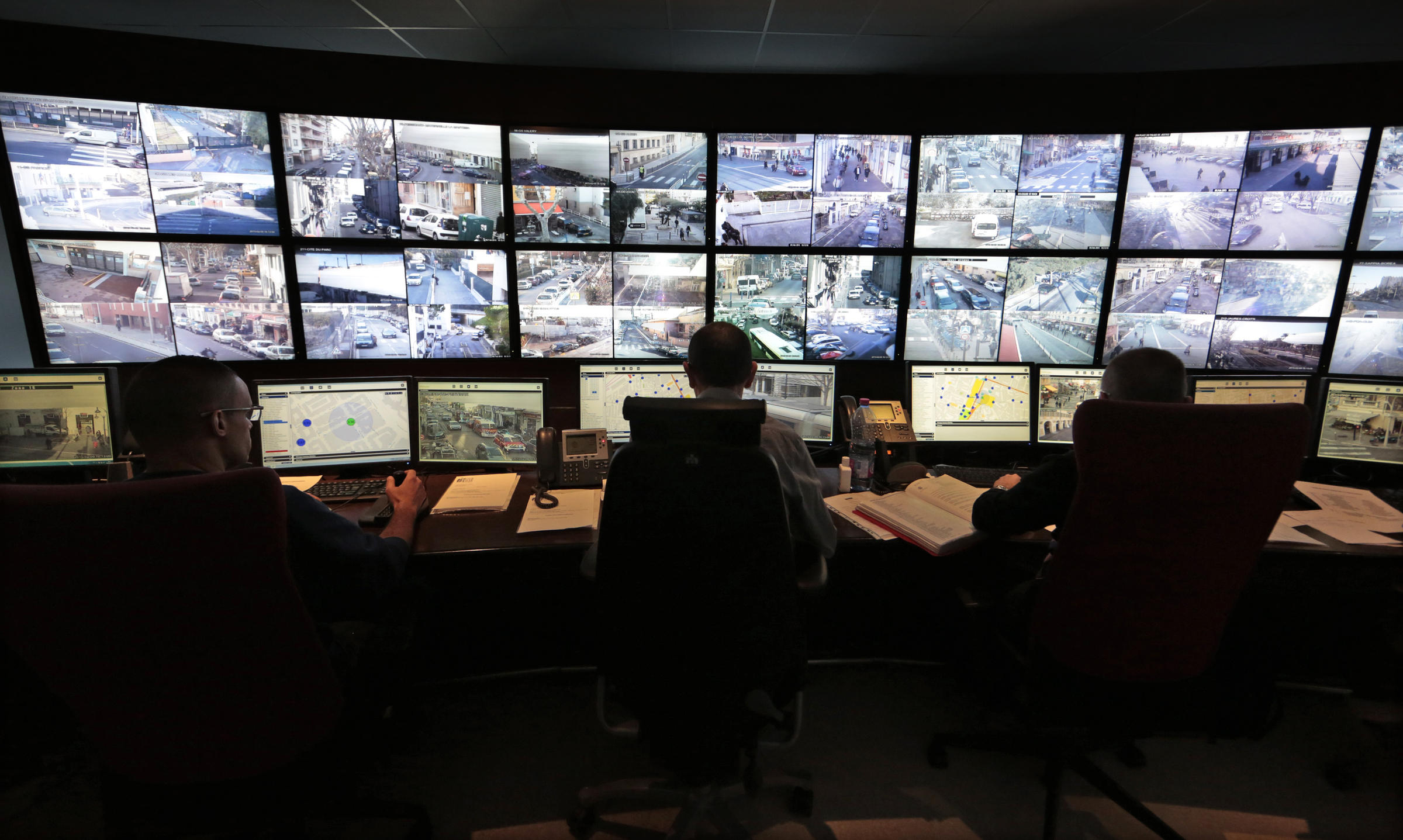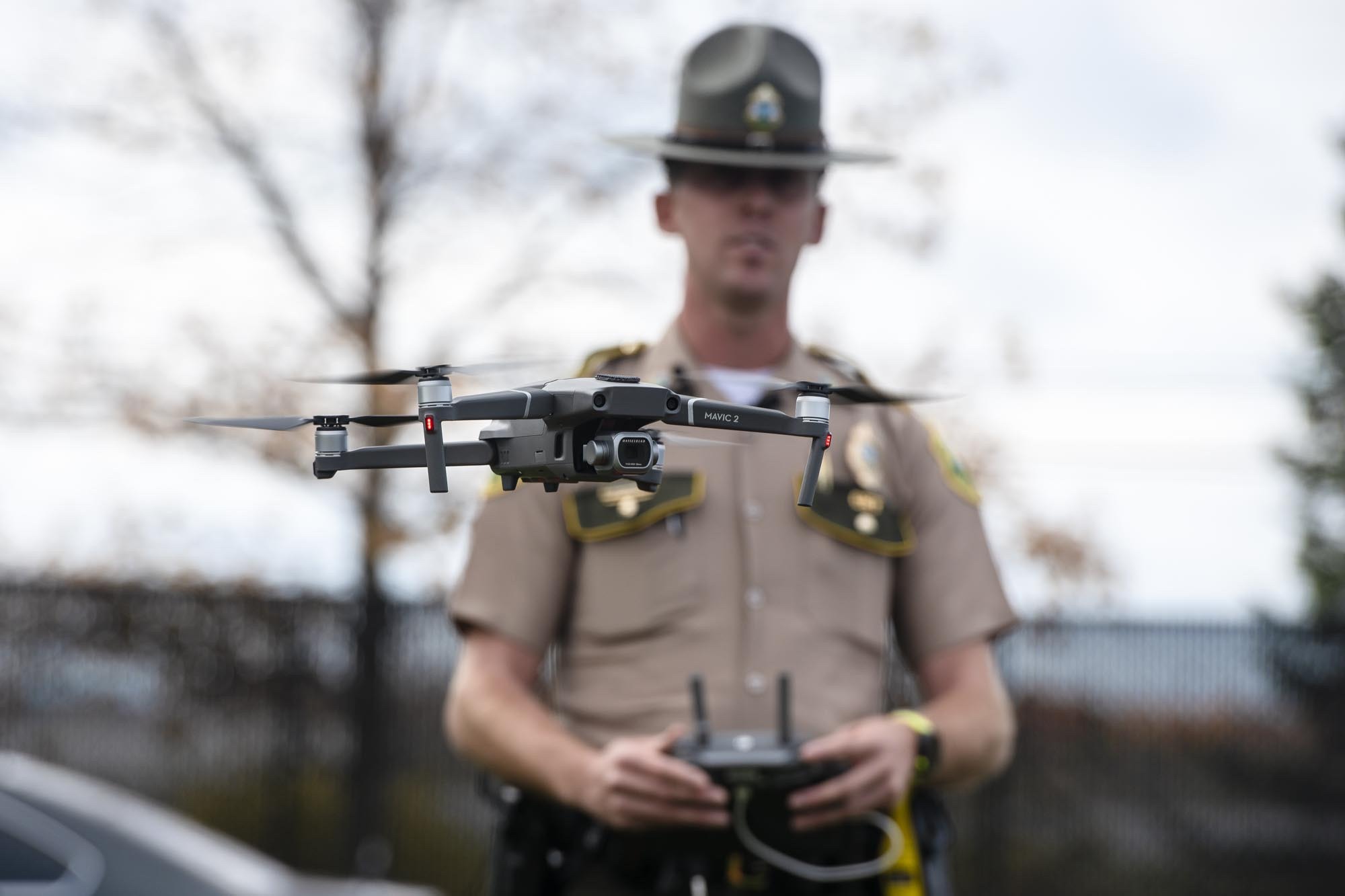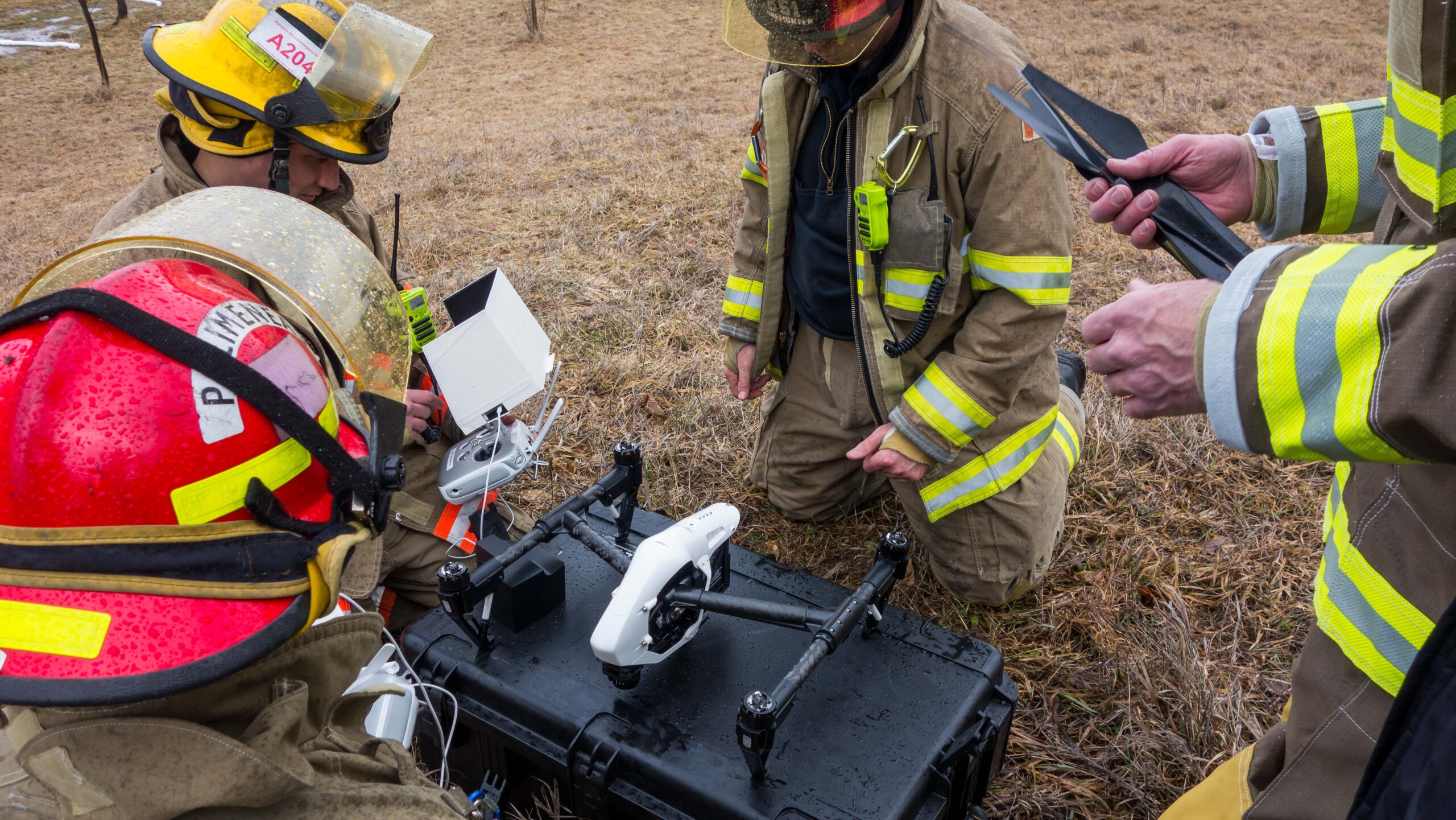
Drones are the future of emergency response
In recent times, there has been a substantial surge in the utilization of quadcopter and other aerial drones across diverse industries. One particular sector reaping substantial benefits from drones is the Emergency Response arena. Unmanned aerial vehicles known as “UAVs”, have introduced a distinctive array of advantages that significantly bolster the effectiveness and efficiency of emergency services.
Whether deployed for search and rescue missions, disaster assessment, or surveillance, emergency response drones have emerged as indispensable tools in preserving lives and mitigating risks.
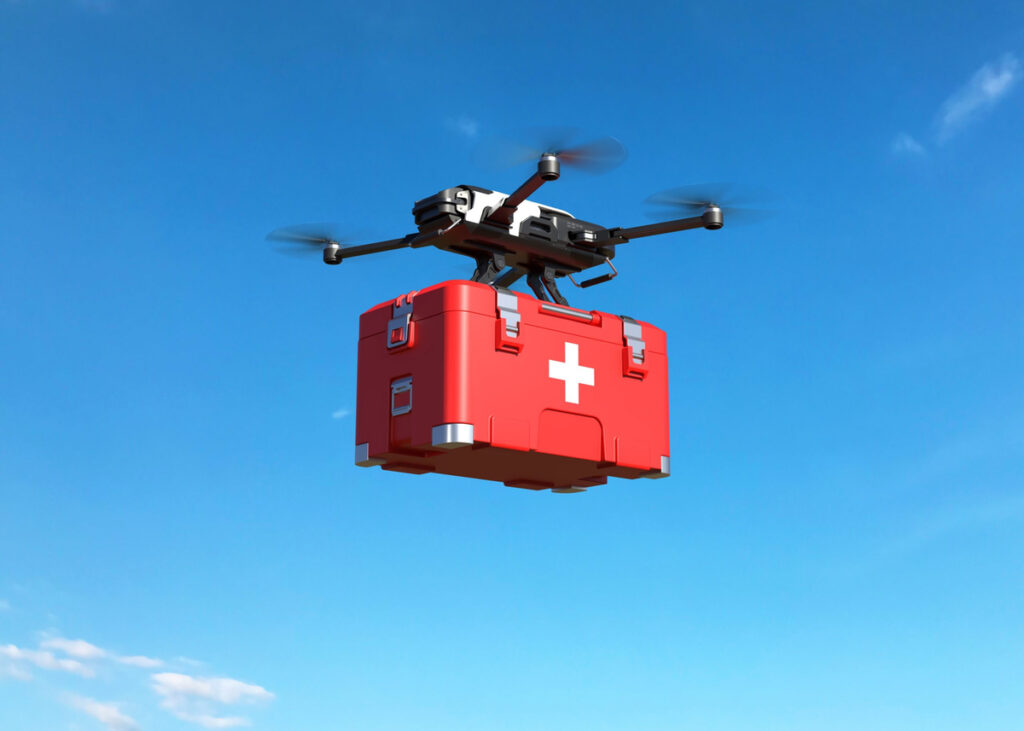

Equipped with state-of-the-art high-resolution cameras and sensors, quadcoter drones can rapidly and efficiently survey the impacted area, providing instant images and data to emergency responders. This information plays a pivotal role in gauging the magnitude of the emergency, pinpointing potential hazards, and devising a strategic and effective response plan.
Enhanced with sophisticated sensors and thermal imaging technology, these drones excel in detecting heat signatures, pinpointing survivors in remote or hard-to-reach areas, and even locating individuals who may be trapped or facing distress. Armed with this information, emergency responders can prioritize their efforts and allocate resources with precision, significantly enhancing the likelihood of successful rescue operations.

The integration of emergency response drones has revolutionized the operational landscape of emergency services, delivering vital aerial reconnaissance and conducting surveillance during critical situations.
In time-sensitive scenarios like natural disasters or accidents, where every moment counts, the swift ability of drones to identify and locate individuals can make the critical difference between life and death.
With the continuous evolution of technology, the role of emergency response drones is poised to become increasingly pivotal in emergency services. The ongoing advancements in advanced sensors, extended drone flight endurance, and enhanced communication systems are set to elevate their capabilities significantly.
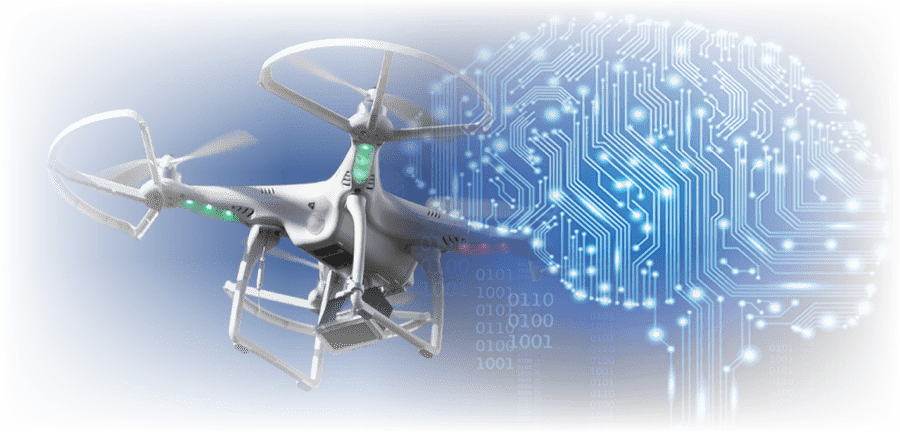
Looking ahead, the integration of emergency response drones with artificial intelligence and machine learning algorithms is anticipated. This integration will empower drones to analyze data in real-time, discern patterns, and offer more precise predictions, ushering in a revolutionary change in how emergency services tackle critical situations.


 Explaining New Drone Regs
Explaining New Drone Regs  The ADSA & Your Department Drones
The ADSA & Your Department Drones  Timeline On Drone Bans
Timeline On Drone Bans  Breaking News for Connecticut Drone Fleets
Breaking News for Connecticut Drone Fleets 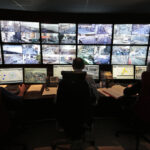 The Near Future of Drone Surveillance & Security
The Near Future of Drone Surveillance & Security 